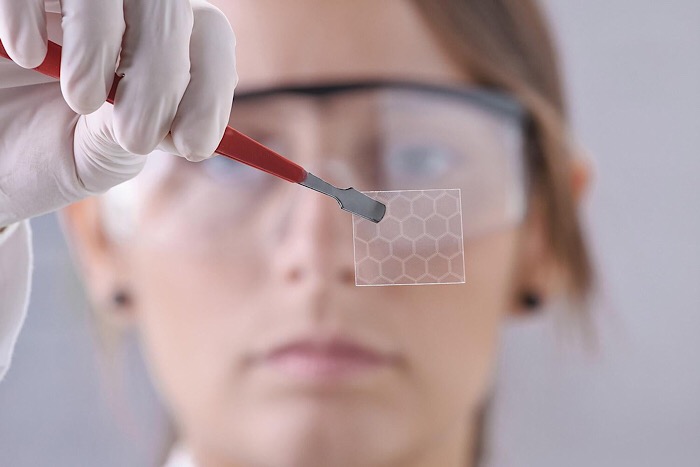A couple of years ago, Vladimir Putin warned Russians that the country that led in technologies using artificial intelligence will dominate the globe. He was right to be worried. Russia is now a minor player, and the race seems now to be mainly between the United States and China. But don’t count out the European Union just yet; the EU is still a fifth of the world economy, and it has underappreciated strengths. Technological leadership will require big digital investments, rapid business process innovation, and efficient tax and transfer systems. China appears to have the edge in the first, the U.S. in the second, and Western Europe in the third. One out of three won’t do, and even two out three will not be enough; whoever does all three best will dominate the rest.
Continue reading… “Whoever leads in artificial intelligence in 2030 will rule the world until 2100”













